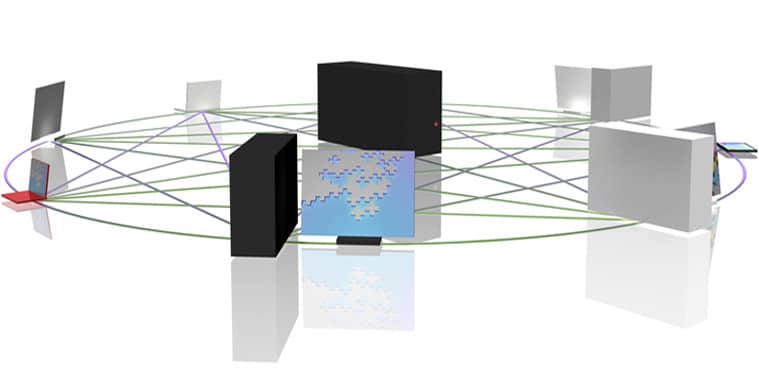Sales: 678.967.3854
Support: 866.252.6363
What We Do
Who We Serve
Success Stories
Latest Thinking
LATEST THINKING
About Us

By the DynaSis Team
IT consultants for many firms, whether they promote themselves as IT support companies or managed service providers, will tell you they are going to “monitor and manage” your systems and/or network. Others may say they specialize in “network and systems administration.” As a business owner seeking the most protection for your IT systems—and value for your investment—you likely wonder, what does this mean? Are all these types of services the same? How do they protect me and my company?
These are important questions you should ask of any current or prospective IT provider. To help you evaluate the answers you receive, here is some background.
From a generic perspective, network and system monitoring and management means keeping an eye on your network (and potentially its devices) and your servers or other IT hardware, to enable intervention before or after problems arise. Network and systems administration, generically, means the same thing, although some providers who “administer” do not “monitor.”
For a reactive IT solutions provider, this could mean looking at weekly or monthly logs (reports) of system “error codes” to see if anything might be going wrong. If the provider notes any obvious problems, they might notify the customer and ask if they want follow up (often for an additional fee). Alternately, they might not report the aberration but instead will note it, in case problems occur down the road. Neither of these approaches is cost effective in the long-run, and they also don’t promote system stability.
A proactive managed IT services firm, on the other hand, will likely provide remote monitoring. The service will scan the network and systems for problems, analyzing traffic and other information using advanced processes to identify signs of impending trouble. It will also create alerts for changing conditions, such as the need for system updates. The IT provider’s staff will have access to real-time performance data and can intervene to troubleshoot, respond to alerts and more, which helps to avert serious trouble before it occurs. (We call this issue avoidance.)
Proactive versus reactive IT service is an important distinction, as the examples above show. Some IT providers follow what we call a “break-fix” model—“If it breaks, we will come fix it.” Firms like this are at the far end of the reactive spectrum. They rarely have the ability to perform any automated monitoring or proactive troubleshooting and issue avoidance. Providers such as these may try to minimize the value of proactive services, asserting they are not worth the expense. Some will even mislead potential customers with obscure service descriptions.
In our experience, proactive network and system monitoring can dramatically increase system uptime, more than paying for itself in productivity gains. For small and midsized businesses hoping to grow and thrive, it provides another benefit. Per a study conducted by IT automation firm Kaseya, using remote, automated monitoring tools for both routine tasks and problem avoidance enables personnel to spend more time on strategic projects that drive productivity—and the success of the business.
DynaSis has been providing managed IT support services to Metro Atlanta’s small to midsized businesses since 1992. We provide Availability – making sure your network is up and running; Mobility – allowing your employees world-wide access to your network; and Security – as an Internet security company, we resolve “issues” before they grow into problems. If you want to learn more, please visit www.DynaSis.com, or call us at 678.218.1769.
